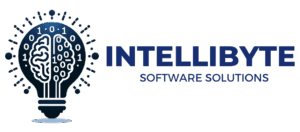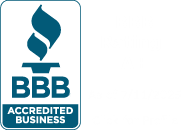The California Department of Health Care Services

Project Goals and Objectives

The California Department of Health Care Services is one of the largest State Local and Education organizations in the U.S., responsible for providing access to affordable, high-quality healthcare. As Solution Architect consultants, the goal was to design and oversee the architecture of a cloud-native application built on .NET Core 8. This involved ensuring alignment with business objectives, scalability, and maintainability, while guiding development teams and driving architectural decisions.
Industry:
Health Industry
Service:
Cloud Native Application
Key milestones
21 milestones
Project Timeline
April 2024
- Gathered requirements and proposed architecture to enterprise architects for services.
- Implemented project structure following Modular Monolith and Clean Architecture principles.
- Drafted architectural documents and diagrams using C4 models, scenario diagrams, interface and service diagrams, dataflow diagrams, and deployment diagrams.
- Presented on Clean Architecture, design patterns (Chain of Responsibility, CQRS, Guard Clause, Repository), coding standards, dependency injection, vertical slices, and time boxing.
- Introduced and enforced principles like Dependency Inversion, DRY (Don’t Repeat Yourself), Encapsulation, KISS (Keep It Simple, Stupid), and Liskov Substitution.
- Created base code including repositories, MediatR, CQRS, and unit testing.
- Obtained system architecture approval from the healthcare systems approval board in California.
May 2024
- Engaged with business stakeholders to pivot from using a low-code tool that didn’t meet needs.
- Evaluated several frontend technologies, providing detailed pros and cons, ultimately deciding on a Blazor frontend.
- Reviewed data models with the data modeling team.
June 2024
- Added authentication and authorization using Entra ID platform; documented and diagrammed the process.
- Assisted developers in implementing SSO.
- Implemented feature flagging support using the Chain of Responsibility pattern; created naming guidelines and policies for feature flag development.
- Added linting and build rules to ensure idiomatic code, improving code reviews and quality.
July 2024
- Added robust telemetry with Datadog, including Real User Monitoring (RUM) support and integration with Serilog framework.
August 2024
- Introduced integration testing framework using TestContainers to run test dependencies as code.
- Enabled use of containerized database instances to test data access layer code without complex setups on developer machines.
- Improved deployment confidence, code maintainabilty, and system behavior documentation using BDD.
- Enhanced system security by introducing Content Security Policy to protect against Cross-Site Scripting (XSS) attacks.
September 2024
- Introduced resource-based authorization relying on Attribute-Based Access Control (ABAC) for fine-grained object-level access control.
- Successfully released the system to users.
Outcomes & Achievements
- Spearheded the design, development, and implementation of a cloud-native application built on .NET Core 8.
- Provided architectural oversight and guidance of two teams of developers, ensuring alignment with organizational standards.
- Applied principles of Clean Architecture, Modular Monoliths, Dependency Inversion, and CQRS.
- Enhanced application quality through design patterns, feature flagging, code quality enforcement, security hardening, and comprehensive testing frameworks.
- Reduced release cycle from 11 months to 4 months for the initial product release.
- Achieved a CodeClimate maintainability grade of A, with a technical debt ratio below 5%.
- Improved code reviews and code quality by adding linting and build rules.
- Enhanced security measures, including content security policies and resource-based authorization.
- Successfully released the system to users, meeting business objectives and goals.

